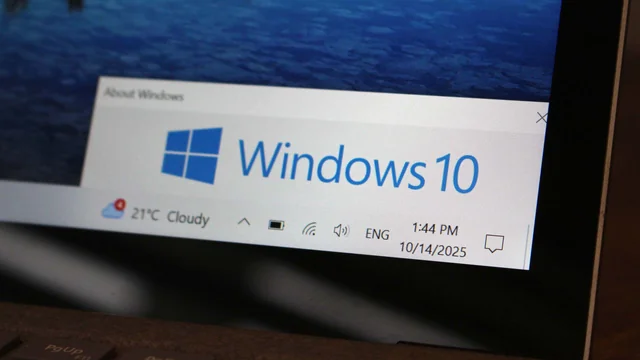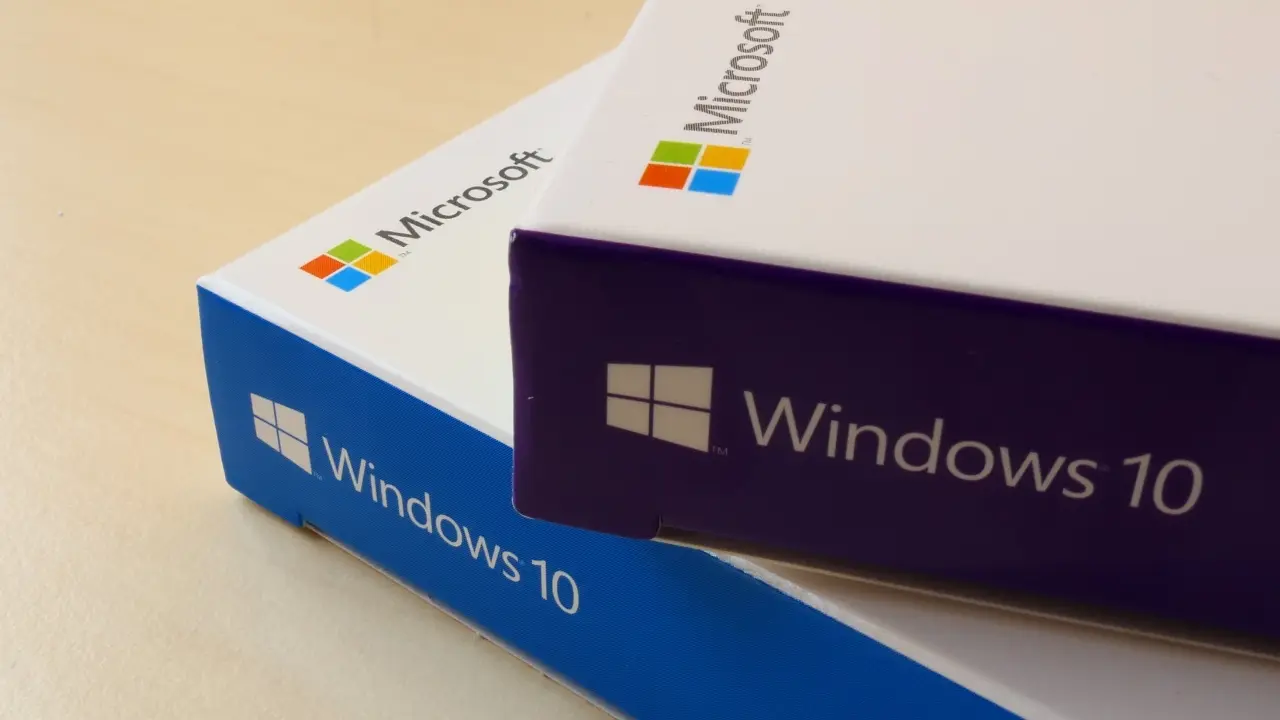Microsoft has released the latest official security update for Windows 10, the popular operating system used on millions of computers. This update, available in October 2025, marks the end of support for the operating system and highlights the dangers of continuing without updates. This latest patch package has been recognized as one of the most comprehensive updates in Windows 10 history.
Windows 10 Update Reveals the Enormity of the Threat
The latest cumulative update addresses a staggering 172 security vulnerabilities in the operating system. This number is a significant testament to the sheer number of security issues that can arise in a single month. Even more alarming is that six of these vulnerabilities are classified as “zero-day” vulnerabilities. Zero-day vulnerabilities refer to critical security gaps that Microsoft was not aware of when the attack method was discovered and had no time to fix.

These critical zero-day vulnerabilities include an issue in the Windows Remote Access Connection Manager, a vulnerability that allows bypassing the Secure Boot system, and a vulnerability in the TPM 2.0 chip. The irony of a vulnerability in the TPM 2.0 security feature, which is mandatory for the Windows 11 upgrade, is quite striking. While these issues reside in system components most users don’t directly interact with, they carry the potential for malicious actors to exploit.
With this latest update, the free and public support period for Windows 10 has officially ended. The discovery of more than 170 vulnerabilities in just one month is raising alarm bells for the coming months. Hundreds of new vulnerabilities could emerge within a few months, and thousands by the end of a year. This means that unsupported Windows 10 operating systems will become an easy target for cyberattacks, effectively a security sieve. Microsoft is encouraging users to participate in the Extended Security Updates (ESU) program.
So, what are your thoughts on this? Are you still using Windows 10 on your PC, or have you upgraded to Windows 11? Do you plan to continue using Windows 10 after support ends? Share your thoughts with us in the comments section.













